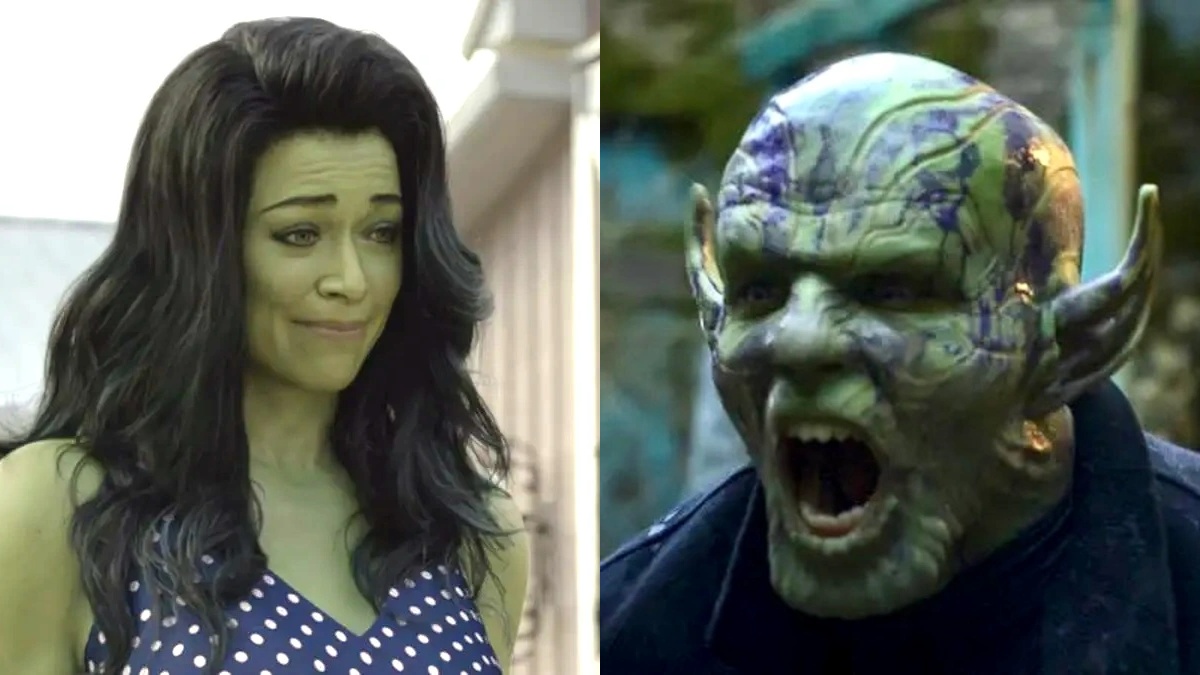With Secret Invasion now being given the dishonor of its finale being the lowest-rated Marvel anything in the history of the franchise, it is time for us to get brutally honest about how one of the criticized aspects of the series — its CGI — holds up against another visual effects offender, She-Hulk: Attorney at Law.
These two shows within the Marvel Cinematic Universe that both debuted on Disney Plus roughly a year apart have very little in common on the surface. She-Hulk is a bright and bubbly meta-humor-infused courtroom comedy, while Secret Invasion is a bleak and paranoid spy thriller fixated on the regrets of an ageing spy. However, both shows are united for receiving a lot of flack for what has been called out as cringeworthy uses of CGI.
When it comes to She-Hulk, the faults in its CGI are abundantly obvious and yet baffling at the same time. For instance, Mark Ruffalo’s Bruce Banner and even Tim Roth’s Abomination look perfectly fine in most scenes. However, when the focus is on Tatiana Maslany’s Jennifer Walters, things become a lot more uncanny valley-like. You could pass this off as laziness on the part of the effects artists, but there are a few reasons why Jennifer’s character may be considerably harder to come off as realistic.
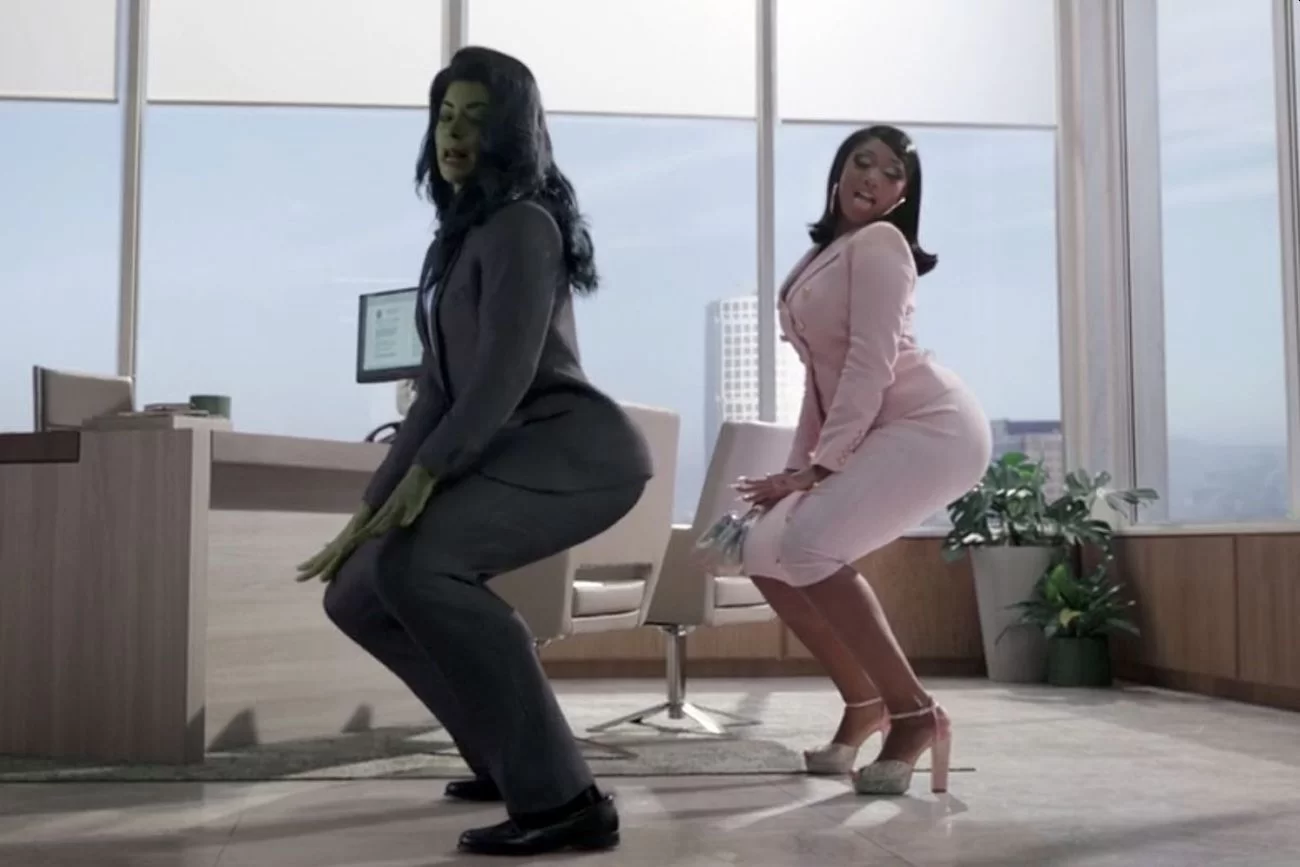
You see, Bruce has the benefit of being slightly older and a man with short hair. This probably makes it easier for viewers to accept his green Hulk presence in our world simply because his facial stubble, for instance, grounds his face in a realistic way. The wrinkles on his face do the same thing; they’re surface-level touches that add to the illusion of his realness. What’s more, we already saw the Hulk go from his more berserk form to a combination of the monster within and the demure scientist. So the fact that his visual absurdity was downgraded in previous MCU installments could make his CGI presence more acceptable to us since the more hyperbolic aspects of his dimensions have already been “nerfed” in a sense, thanks to his transformation in Avengers: Endgame onward.
She-Hulk often comes across as unrealistic in the show. However, that could simply be a result of long flowing hair being difficult to animate realistically, for instance; Bruce didn’t have that problem because he had shorter hair that didn’t move around as much. She-Hulk also has fewer wrinkles on her face and more elaborate types of clothing than her cousin, which both work against her. The lack of wrinkles makes her seem ungrounded in reality and the flowing fabrics she often wears, such as polka-dot blouses, a bride’s maid dress, and a sequin gown, come across as looking extremely unconvincing and almost plastic — like a PlayStation 3 cutscene.
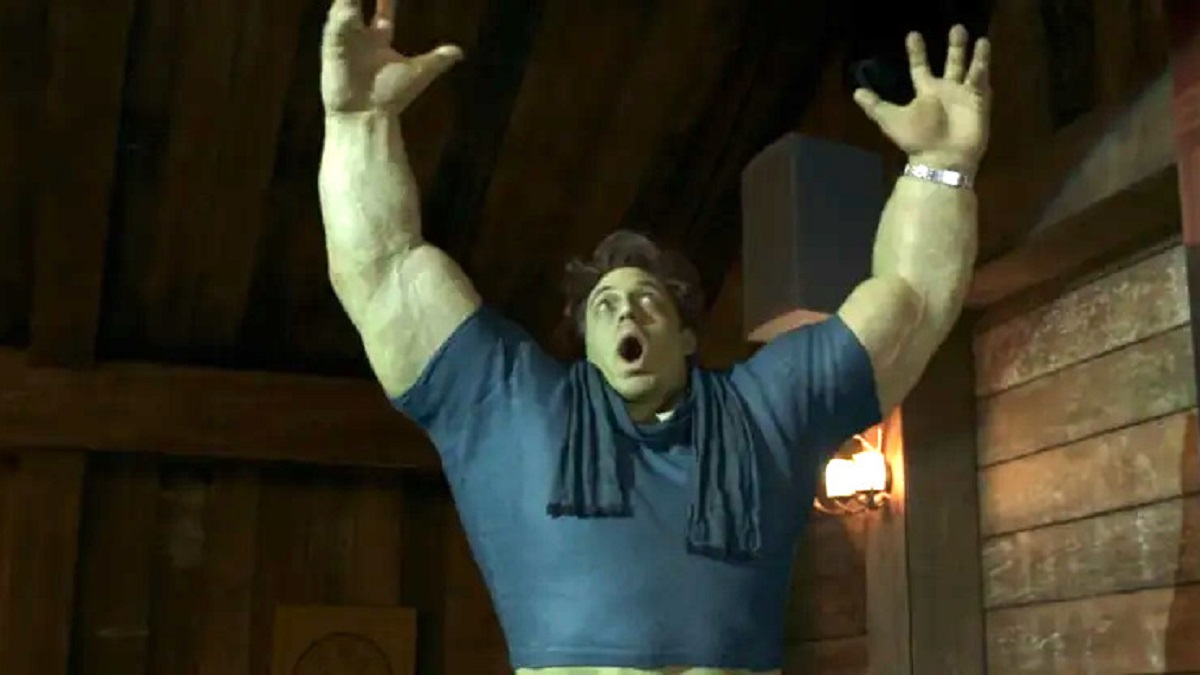
She-Hulk did have some decent moments here and there, visually speaking, such as when she was finally in her more static leotard superhero costume or even the moment when she broke through a wall and the debris clinging to her hair helped ground her in reality. However, many other scenes in the show, such as She-Hulk twerking in a business suit with Megan Thee Stallion and the villain Todd (Jon Bass) transforming into a green monster himself, make the overall experience of watching the show a cringe-fest to get through at times. Even the appearance of Hulk’s son, Wil Deusner’s Skaar, looks completely unconvincing, letting us know the uncanny valley problem seems to extend to every one of Bruce’s relatives — but not him.
With Secret Invasion, we have an entirely different set of problems. The show actually incorporates a lot less CGI, overall, than She-Hulk. Sure, it has to bring to life the powers of the Super Skrulls here and there, such as Emilia Clarke’s G’iah showcasing Extremis healing abilities or Kingsley Ben-Adir growing a Groot arm in the midst of battle. However, those moments are only sparingly peppered throughout the show. It is only when we get to the final episode that the bulk of the show’s CGI criticism truly takes off.
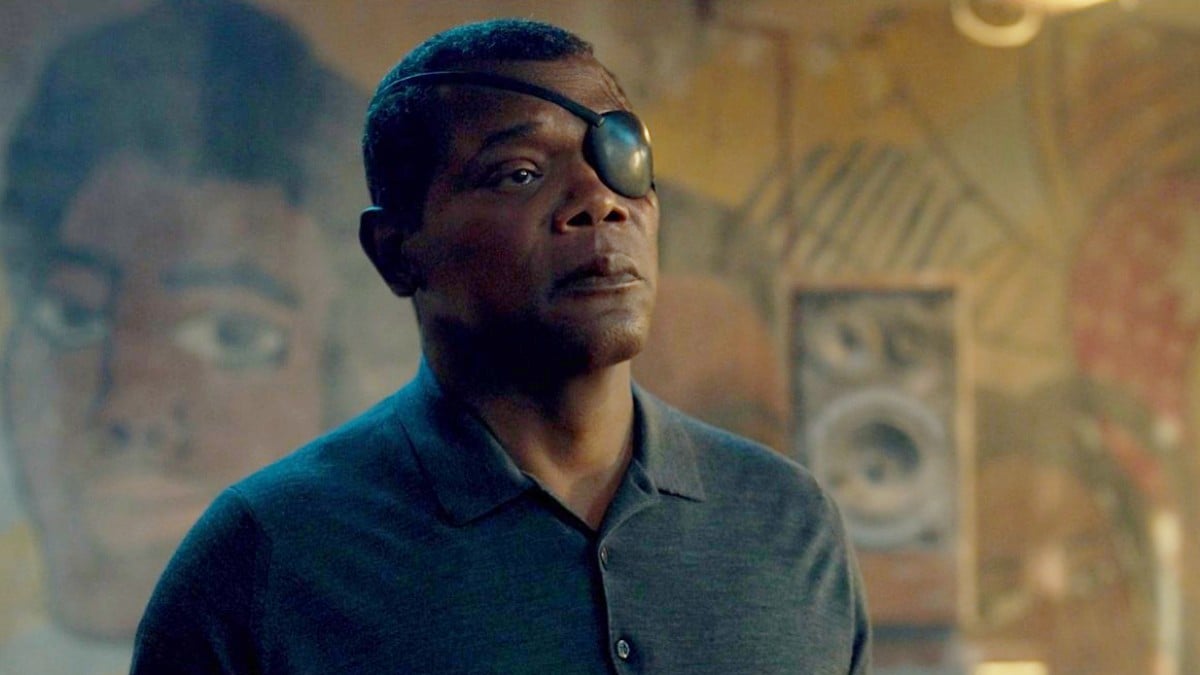
For most of Secret Invasion, it is more grounded in realistic action set pieces — car chases, gun fights, and explosions — somewhat akin to Captain America: The Winter Soldier. However, what drags the show down even in these scenes is its art direction much of the time. The action scenes feel too small scale at times, with foggy grays and empty hospital hallways particularly flooding the second half of the series. With that said, a huge amount of praise must be heaped at the digital de-aging of Samuel L. Jackson’s Nick Fury in an amazingly convincing flashback scene.
However, the finale is where the cringe really sets in. What we get is a showdown between two Super Skrulls — once again amidst a colorless gray and cloudy backdrop — where each character floats in the air and cycles through various powers of past Marvel characters. In a moment that is supposed to inspire awe but instead inspires “Huh?,” G’iah transforms her arm to resemble that of Dave Bautista’s Drax since she was imbued with the powers granted from the spilled blood of the harvest. Later, she sprouts Mantis’ antennae and even adopts Captain Marvel’s glowing look and accompanying powers. Meanwhile, Gravik has his own cringe moment when his arm transforms to that of Ebony Maw and executes telekinesis powers.
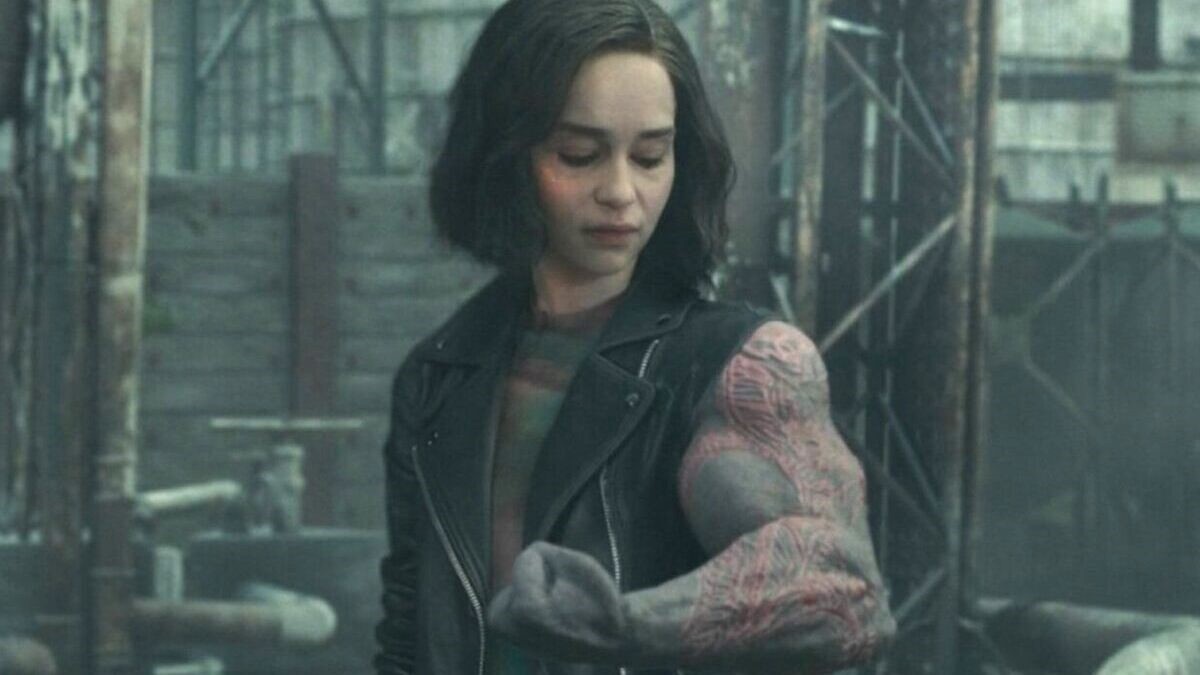
On a technical level, Secret Invasion’s CGI is actually pretty competently executed. It is truly the art design and the concepts themselves of the visuals that the CGI falters. Why does Gravik’s Ebony Maw hand have jewelry? Why does G’iah’s Drax arm have tattoos? Nothing about the climax makes any logical sense when you stop to think about it and that cognitive dissonance translates to visual absurdity on the screen. Not to mention the fog-filled climax looks muddy and boring due to the design of the setting.
Before we draw our conclusions, it’s important to note that we are not ruminating on the flaws of the CGI in these shows to dump on visual effects workers. With so many stories coming out about over-worked VFX artists in the Hollywood industry as a whole, as well as the recent development that Marvel’s VFX artists have voted to unionize, we wholly believe these shortcomings are the result of an assembly line mentality that gets passed down to the artists from executives higher up the food chain.
Overall, even though we would probably call She-Hulk the superior show due to better writing and concepts, we must say the CGI in Secret Invasion is, in fact, better. You might actively lose brain cells from watching Secret Invasion’s final episode, but that does not detract from the fact that the visual effects artists who put the scenes together completed the task they were handed with a level of quality that seems absent in She-Hulk by comparison.

